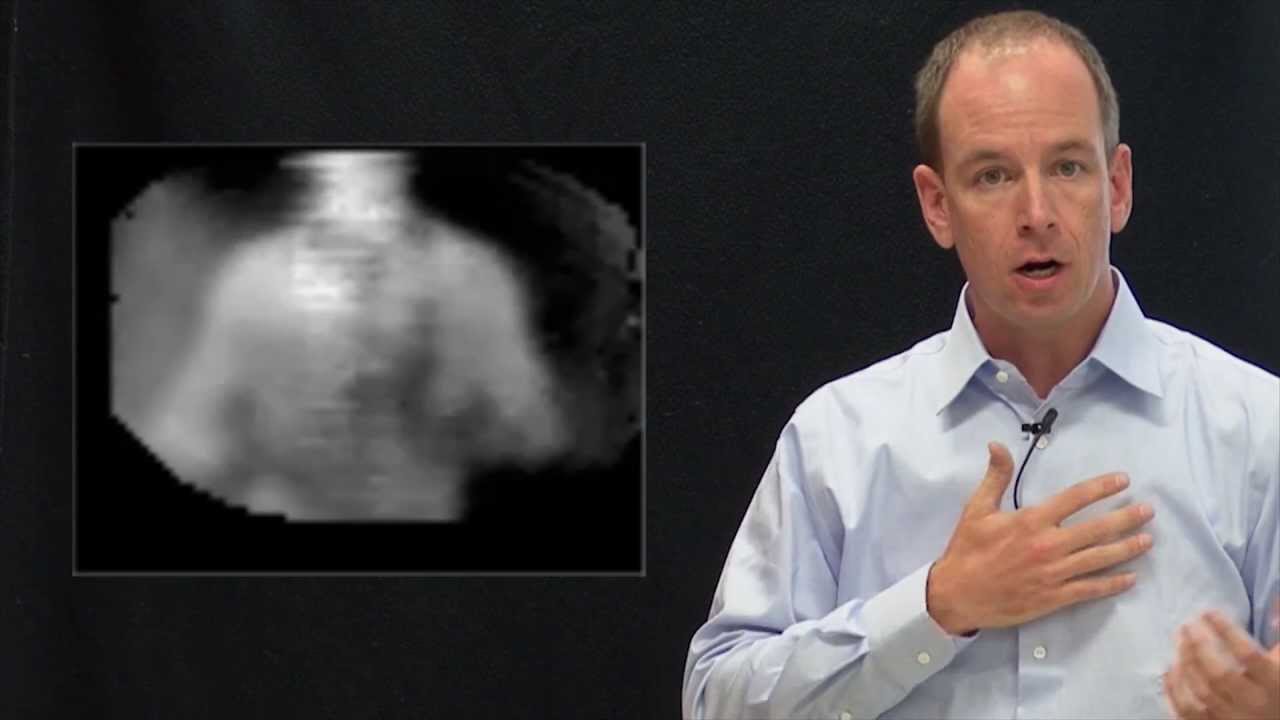By adapting superconducting technology used in advanced telescope cameras, researchers at the National Institute of Standards and Technology (NIST) have built a prototype video imaging system for detecting hidden weapons and other threats at distances up to 28 meters away.
With further development, the new NIST imager might eventually be used for applications such as detecting suicide bomb vests under clothing at military checkpoints or identifying threats at sea such as ships hidden in fog.
NIST's prototype imager, unveiled at a conference last week, has three key features, which may offer advantages over other screening systems such as those used for airport security.
First, the NIST imager has NIST-developed software to weave together high-resolution still images to make video in near real time. Second, the system operates from a longer "standoff" distance, 16 to 28 meters away from a target, than other similar imaging systems. These combined features make the NIST instrument unique.
Third, unlike screening systems that bombard a target with X-rays or other types of radiation, the NIST imager is passive, which means it merely detects naturally emitted or reflected light. Similar to an infrared camera, the NIST instrument scans a target to detect emissions of terahertz (also called sub-millimeter) light and then generates images based on variations in temperature and reflected light among different target materials, such as biological tissues versus metals or ceramics.
The long-distance operation is made possible by very sensitive detectors—NIST's transition-edge sensors. These tiny but sensitive thermometers are made of a superconducting metal, which changes resistance in response to very faint light. The system currently has 251 sensors, and the resulting images show detail as small as 1 centimeter in size across a target area about 80 by 60 centimeters. The system produces less detailed images at the farther end of its operating range.
The technology is similar to that used in NIST's SCUBA-2 telescope camera in Hawaii. Both instruments detect emissions at a wavelength of 850 micrometers, a wavelength of light that passes through both clothing and the atmosphere. Both sets of sensor arrays are packaged with superconducting amplifiers to boost signal strength, using a NIST technique that makes large arrays practical. But the new imager's sensors are made of a different metal, aluminum, which superconducts at higher temperatures of 1.2 Kelvin (minus 272 degrees C). This allows the sensor array to be cooled by a more compact, custom refrigerator.
The NIST imager's video frame rate is currently 6 frames per second, which is relatively slow (standard movie format is 24 frames per second). But NIST researchers say their system can be developed further to have four times as many sensors (for a total of 1,004), which would produce larger, near-full-body images at faster video frame rates.
System components include two mirrors and a lens that focus light on the sensors, a low-temperature refrigerator containing a wafer of sensors and amplifiers, electronics to combine all the signals, and software that stiches the images together into video. All components were designed and built by NIST except part of the refrigerator, built at the University of Pennsylvania, and the electronics, provided by the University of British Columbia.
D.T. Becker, C.M. Gentry, J. A. Beall, H.-M. Cho, W.D. Duncan, D. Li, G.C. Hilton, K.D. Irwin, N.G. Paulter, Jr., C.D. Reintsema, R.E. Schwall, P.A. Ade, C.E. Tucker, S.R. Dicker, M. Halpern. Passive video imaging at 350 GHz with 251 transition edge sensor bolometers. Talk and video presented at SPIE Remote Sensing Conference, Dresden, Germany, Sept. 24, 2013.


